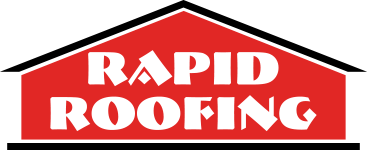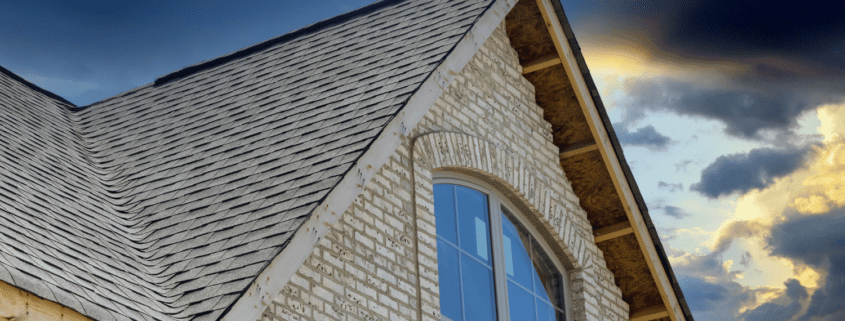Maximize Your Upgrade: 11 Best Roof Replacement Tips for Homeowners in 2024
Embarking on a roof replacement in 2024? Cut through the complexity with our expert guide, including the “11 best roof replacement tips for homeowners in 2024”. Whether you’re budgeting, material-hunting, or hiring the pros, these top insights will elevate your project from overwhelming to under control.
Key Takeaways
-
Understanding roofing terminology and preparing your home are key initial steps in the roof replacement process, ensuring homeowners make informed decisions and protect their property.
-
Selecting the right roofing materials involves balancing cost, quality, and energy efficiency, with options ranging from affordable asphalt shingles to eco-friendly, energy-efficient metal roofs and innovative solar options.
-
Choosing a professional roofing contractor, ensuring expert installation with proper warranties, and considering innovations in roofing technologies can significantly affect the longevity and performance of the new roof.
Decoding Roof Replacement: A Homeowner’s Vocabulary

Embarking on a roof replacement journey begins with understanding the language of roofing. Not knowing what architectural shingles are or the role of roof vents can leave you at a disadvantage during the roof replacement process. Architectural shingles, also known as dimensional shingles, are a popular asphalt-based roofing material found on many homes. They offer a 30-year material warranty which can be extended to a 50-year non-prorated warranty when paired with a single manufacturer’s roofing system.
Becoming familiar with the various types of roof vents is equally important. There are:
-
Wind turbines
-
Power vents
-
Ridge vents
-
Off ridge vents
-
Cupola vents
-
Soffit vents
All designed to vent out hot air and moisture from the attic.
Underneath the architectural shingles and the roof vents lies the underlay membrane, providing a layer between the new shingles and the roof decking. This solid decking forms the underside foundation of the roof, supporting all roofing materials and ensures a stable structure.
Preparing Your Home for the Big Change
Once you’ve familiarized yourself with the roofing vocabulary, the next step is preparing your home for the big change. This involves taking necessary precautions to protect your property and ensure a smooth roof replacement experience. Here are some steps to follow:
-
Relocate or cover items in the attic with old sheets or drop cloths to protect them from debris and dust during the roof replacement.
-
Move patio furniture, toys, and other outdoor items to a secure location.
-
Trim overhanging tree branches.
The preparation for a roof replacement extends to the exterior of your home as well. Here are some steps to follow:
-
Protect garden areas and delicate outdoor decorations by using tarps or moving them to safety until the roof replacement is finished.
-
Clear the driveway and garage for the roofing crew to unload materials and mitigate risk to vehicles.
-
Provide accessible power outlets for the roofing crew’s tools.
-
Mow the lawn to make debris removal more efficient.
Selecting the Right Roofing Materials
Choosing the right roofing materials is a critical step in the roof replacement process. The right material will not only enhance the aesthetic appeal of your home but also contribute to significant energy cost savings.
Balancing Cost and Quality
When it comes to roofing materials, balancing cost and quality is key. Here are some options to consider:
-
Asphalt shingles: the most affordable option, but with a lifespan ranging from 10 to 35 years.
-
Wood shingles and shakes: offer a natural and rustic look, with a lifespan of around 30 years.
-
Clay and concrete tile roofs: durable and long-lasting, with a lifespan of 50 years or more.
-
Slate roofing: the most expensive option, but can last for over 100 years.
Consider your budget and desired lifespan when choosing the right roofing material for your needs.
Metal roofs offer several advantages over other roofing materials:
-
Extended durability lasting 40 to 100 years
-
Cost-effective choice over time
-
Provides homeowners peace of mind
-
Often backed by substantial warranties
Investing in quality roofing materials, such as metal roofs, can be a wise decision for homeowners looking to install a metal roof.
Reflecting on Energy Bills
Selecting energy-efficient roofing materials is an investment in your home’s future. Energy-efficient asphalt shingles and metal roofs not only add to the aesthetic appeal of a home but also contribute to significant energy cost savings by reflecting sunlight and providing better insulation. Reflective roofing materials, such as cool or white roofs, enhance the energy efficiency of a home by increasing solar reflectance and thermal emittance, leading to more efficient cooling and potentially reduced energy use.
Innovative options like solar shingles and solar glass roofs, despite their higher initial cost, offer long-term energy-efficient benefits, contributing to both cost savings and sustainable living.
Eco-Friendly Roofing Materials
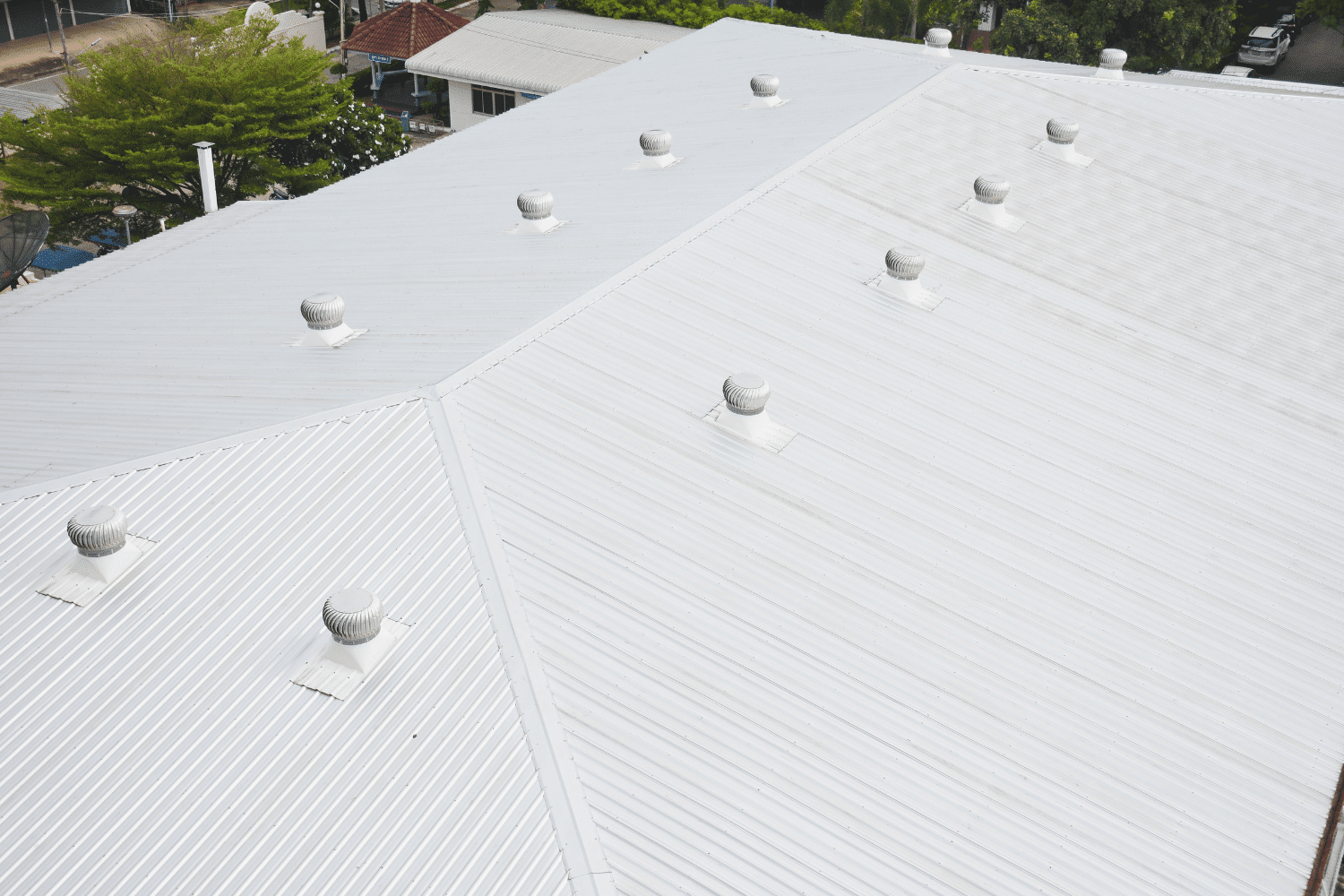
In the era of sustainability, many homeowners are turning to eco-friendly roofing materials. These materials support environmental sustainability by reducing the need for excessive heating or cooling, leading to less energy consumption and fewer greenhouse gas emissions. Metal roofs can increase energy efficiency, potentially reducing energy costs by up to 40%.
Innovations in eco-friendly roofing include green roofs that are covered with vegetation for excellent insulation and stormwater management, as well as systems that efficiently harvest rainwater.
The Importance of Choosing a Professional Roofing Contractor
Choosing the right roofing contractor is as crucial as choosing the right roofing materials. Professional roofing contractors like Rapid Roofing bring:
-
Experienced craftsmanship
-
Innovative roofing technologies and materials
-
High-quality installations
-
Ensuring the longevity and performance of the roof system
Ensuring Expert Installation
Proper installation of your roof is a critical factor in its longevity and performance. Professional roofing contractors, like those from Rapid Roofing, utilize the correct products and techniques which are vital for ensuring a roof’s long-term integrity and performance.
Warranty and Insurance Coverage
Insurance and warranty coverage are essential aspects of any roofing project. Insurance for roofing contractors is indispensable, as it shields both the homeowner and the contractor from unforeseen liabilities, such as accidents or property damage, ensuring safety and financial protection during the roofing project.
Manufacturer’s warranties and workmanship warranties are the two main types of roofing warranties, with manufacturer’s covering the materials and workmanship covering installation errors.
Innovations in Roofing: Techniques and Technologies
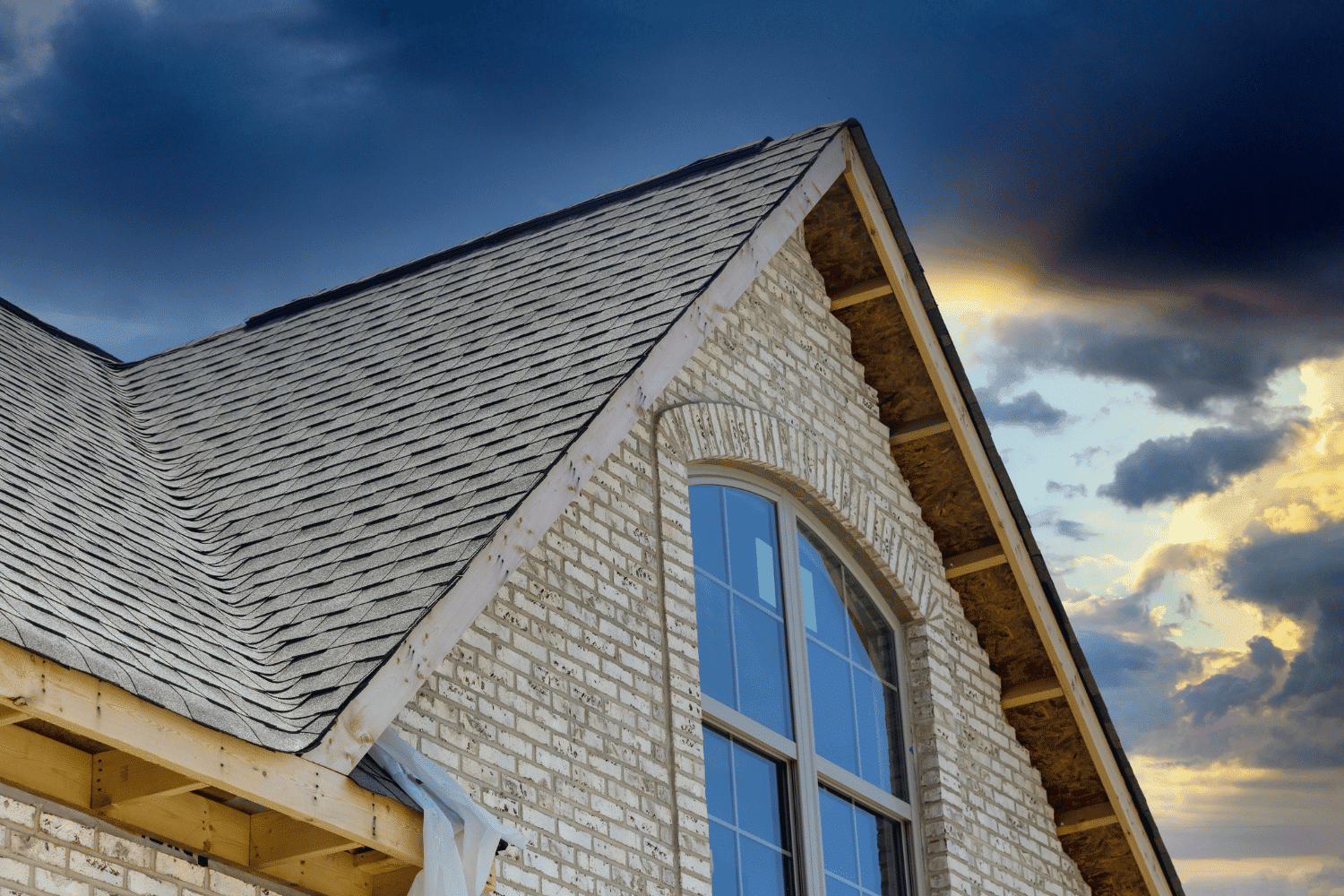
As technology advances, so does the roofing industry. Emerging self-healing and self-cleaning roofing technologies offer homeowners low-maintenance and durable roofing options. 3D printing is being explored for roof manufacturing and the development of innovative roofing systems such as green roofs.
Robotics are seeing increased applications in roofing for installation efficiency and safety, despite still requiring human oversight. Drone technology is advancing roofing practices by assisting with installations, inspections, and rapid reporting. The integration of advanced solar shingles and panels into roofing materials provides an aesthetically pleasing, energy-efficient roofing solution.
Contact-free roofing service experiences and comprehensive photo/video reports are now offered for client convenience and for supporting insurance claims.
Ventilation and Insulation: Key Components for Efficiency
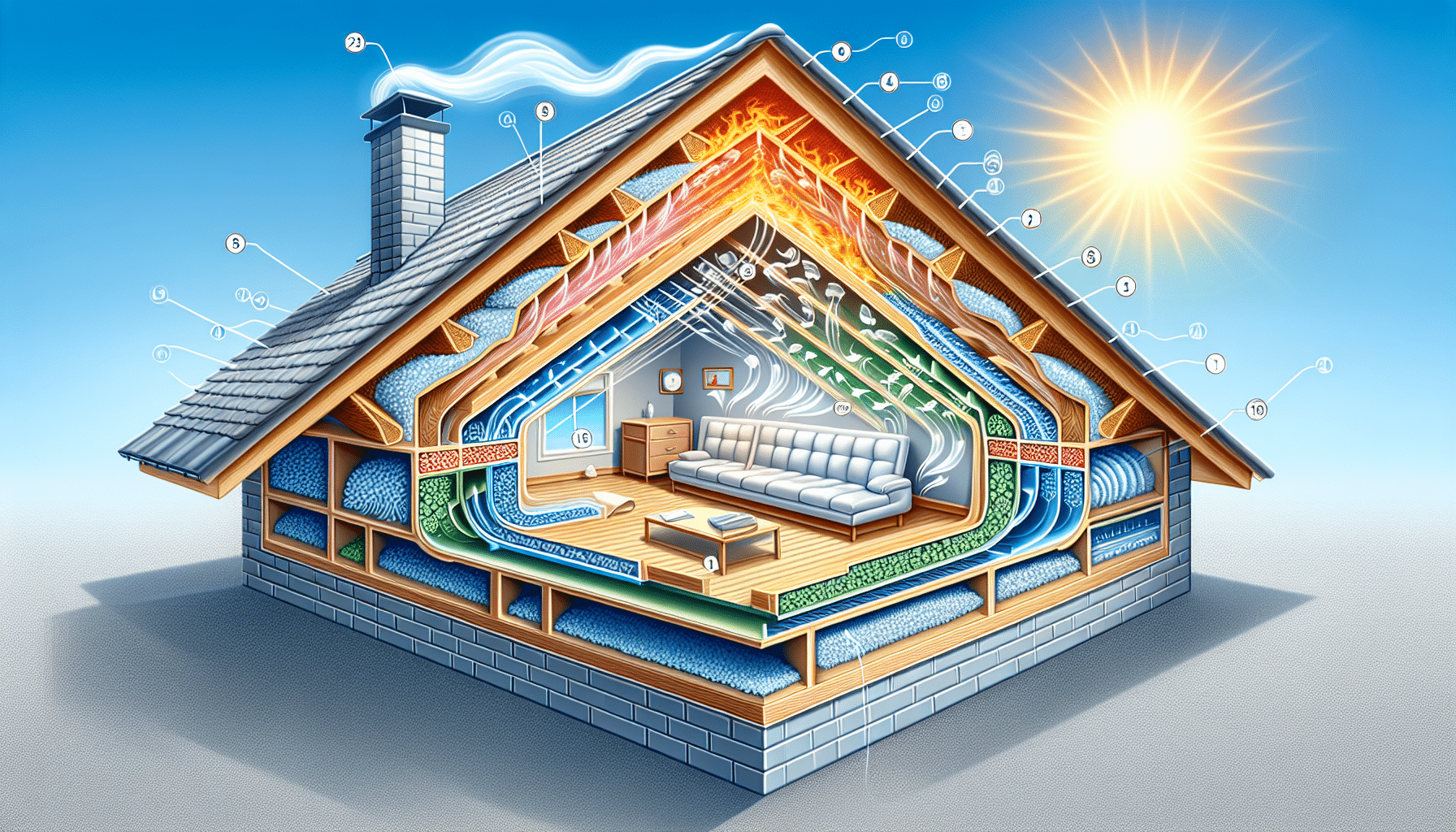
Ventilation and insulation are key components of an efficient roofing system. Proper attic ventilation is essential to reduce the potential for moisture accumulation that can lead to mold growth and structural damage to roof joists and sheathing. Insulating attics and maintaining appropriate humidity levels indoors can prevent excessive moisture from migrating into the attic space.
Proper insulation in the attic and cathedral ceilings helps prevent ice dams and consequential costly leaks, preserving the structural integrity of the roof. Ventilation assists in the drying process by encouraging air flow under the roof, which impedes moisture buildup and extends the life of roofing materials. Insulating the attic can lead to significant savings on both heating and cooling costs, with the EPA estimating an average of 15% savings on these expenses.
Regular Roof Inspections: Avoiding Major Repairs
Regular roof inspections are a key preventative measure for any homeowner. Experts like Rapid Roofing recommend at least an annual check-up to maintain roof health and identify any concerns early. Inspections play a crucial role in uncovering a range of problems from minor shingle damage to severe underlying structural issues such as rot, mold, and water infiltration, that can otherwise lead to significant, costly repairs.
After inspection, especially following adverse weather events, Rapid Roofing advises on proactive actions such as storm damage repair, maintenance routines on home systems, and roof repairs with a final workmanship check to prevent potential leaks and ensure compliance with local codes.
Timely maintenance and repairs after professional assessments help prevent minor issues from escalating, ultimately safeguarding against costly water damage and preserving the roof’s structural integrity.
Post-Replacement Care: Maintaining Your New Roof
Once your new roof is installed, the journey isn’t over. Proper post-replacement care is crucial to maintaining the integrity and performance of your new roof. It is crucial to replace missing shingles, curling, or damaged shingles promptly to prevent moisture from seeping underneath, leading to interior mold and mildew.
Cleaning the roof routinely can help prevent moss and algae, which retain moisture and can cause rot. Here are some steps to follow:
-
Use a gentle bleach solution or install copper strips to inhibit growth.
-
Regularly clean gutters to avoid water buildup.
-
Trim any heavy tree limbs that could potentially damage the roof.
By following these steps, you can maintain the integrity of your roof and prevent any potential damage.
Finally, schedule professional roof cleaning annually or bi-annually, especially if your local climate is prone to cause algae or moss growth or if there is significant overhanging foliage.
Weather-Proofing Your Investment

With the unpredictability of weather conditions, it’s crucial to weatherproof your roof. The longevity and maintenance costs of weatherproof roofing can be optimized by choosing materials such as metal roofs, which, despite their higher initial cost, may require fewer long-term repairs compared to traditional shingle roofs. Newer materials, such as polymer-modified asphalt shingles, are designed to be impact-resistant, offering enhanced protection against extreme weather and the potential for insurance discounts.
It’s crucial to schedule roof inspections following severe weather events like hail or high winds to ensure any damage is promptly identified and addressed. Enhancing roof weatherproofing can also involve:
-
covering seams with seam tape on concrete roofing
-
applying water repellent layers
-
ensuring the waterproofing system is fully compatible with the existing systems to avoid seepage and leaks.
Navigating the Roof Replacement Process Stress-Free
Navigating the roof replacement process can be stress-free with the right preparations. Here are some steps to help you prepare for a roof replacement:
-
Organize the necessary logistics for material delivery and work access.
-
Safeguard your property by having contractors set up protection measures.
-
Organize the removal of the old roof in sections, coupling removal and new roof installation to save time.
By following these steps, you can ensure a smooth and efficient roof replacement process, including handling roof replacements.
Ensure prompt cleaning of gutters after removing roof sections to prevent debris blockage and do not have materials delivered too early to avoid property damage. Prepare for possible delays due to weather and accessibility, while keeping in mind that quality installation should remain the priority over the speed of the roof replacement.
Financing Your Roof Replacement
Roof replacement is a significant investment, and understanding your financing options can make the process more manageable. Flexible financing programs provide innovative financing solutions for roofing projects, assisting homeowners in affording advanced roofing systems. A variety of financial aid options are available, including:
-
State and federal programs offering loans and grants
-
Contractor financing
-
Personal loans
-
HELOCs (Home Equity Lines of Credit)
-
Home equity loans
-
Credit card financing
-
HUD-approved lender programs
-
Refinancing options
It is crucial to compare the total cost of roof contractor financing, checking for no immediate payments or interest periods, while being mindful of possible hidden fees. To secure the most advantageous financing terms, homeowners should shop around for rates, improve their credit scores, verify their home’s equity, have income proofs ready, and prepare their home for any necessary appraisal.
Summary
In conclusion, a roof replacement is a significant undertaking that requires adequate planning, knowledge, and preparation. From understanding the roofing vocabulary to selecting the right materials, hiring a professional roofing contractor, and financing the project, each step plays a crucial role in ensuring a successful and stress-free roof replacement process. With proper care and regular inspections, your new roof can serve you well for many years to come, protecting your home and enhancing its value.
Frequently Asked Questions
What time of year is cheapest to replace roof?
The cheapest time to replace your roof is during winter, as it is the slowest time for the roofing industry, resulting in lower prices from contractors.
What type of roof adds the most value to a home?
Installing a new metal roof on your home can add about $23,160 in value, with an estimated return on investment of 49%. However, it comes with a higher initial cost.
What is the best temperature to replace a roof?
The best temperature to replace a roof is between 40 and 85 degrees Fahrenheit, with traditional asphalt shingles ideally installed above 40 degrees for the best results. Spring is a busy time for roofing contractors.
Will a new roof keep my house warmer?
Yes, a new roof can improve your home’s energy efficiency and help retain heat in the winter.
What is the most expensive part of a new roof?
The most expensive part of a new roof is the labor, which requires professional skill and is billed at around $11 per square foot or $60 per hour.
